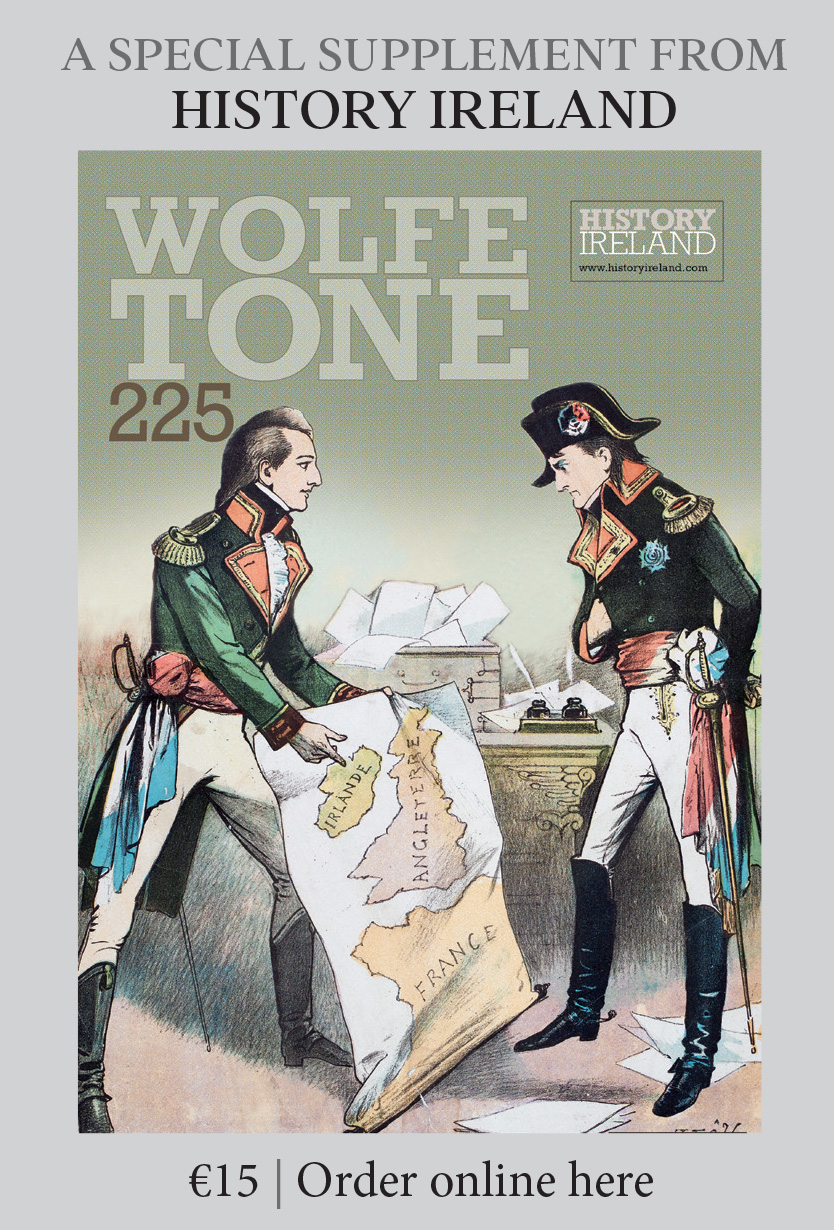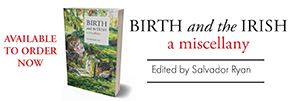December 08
Published in On this Day listing- 1980 Taoiseach Charles J. Haughey and British Prime Minister Margaret Thatcher held a summit meeting in Dublin Castle, after which they agreed to examine ‘the totality of relationships’ between the UK and Ireland and to establish an Anglo-Irish Committee.
- 1939 James Galway, the ‘man with the golden flute’, born in north Belfast, the son of a shipyard worker.
- 1974 The Irish Republican Socialist Party (IRSP) and the Irish National Liberation Army (INLA) were formed in Dublin—breakaways from Official Sinn Féin and the Official IRA respectively.
- 1916 T.K. (Ken) Whitaker, economist and public servant, born in Rostrevor, Co. Down (100 today).
- 1864 Pope Pius IX issued the ‘Syllabus of Errors’ which cited socialism, liberalism and freemasonry as the principal evils of the modern age.
- 1867 In Dublin, c. 60,000 attended ‘a public funeral procession’ in honour of the Manchester Martyrs.
- 1860 Amanda McKittrick Ros, eccentric novelist and poet who became a cult figure amongst leading bookmen of her time, was born.
- 1922 Following the shooting dead of Seán Hales TD and the wounding of Deputy Speaker Pádraic Ó Máille the previous day, the government executed four prisoners, one from each province—Rory O’Connor, Liam Mellows, Joseph McKelvey and Richard Barrett, who had been imprisoned since the fall of the Four Courts in late June.
'
















